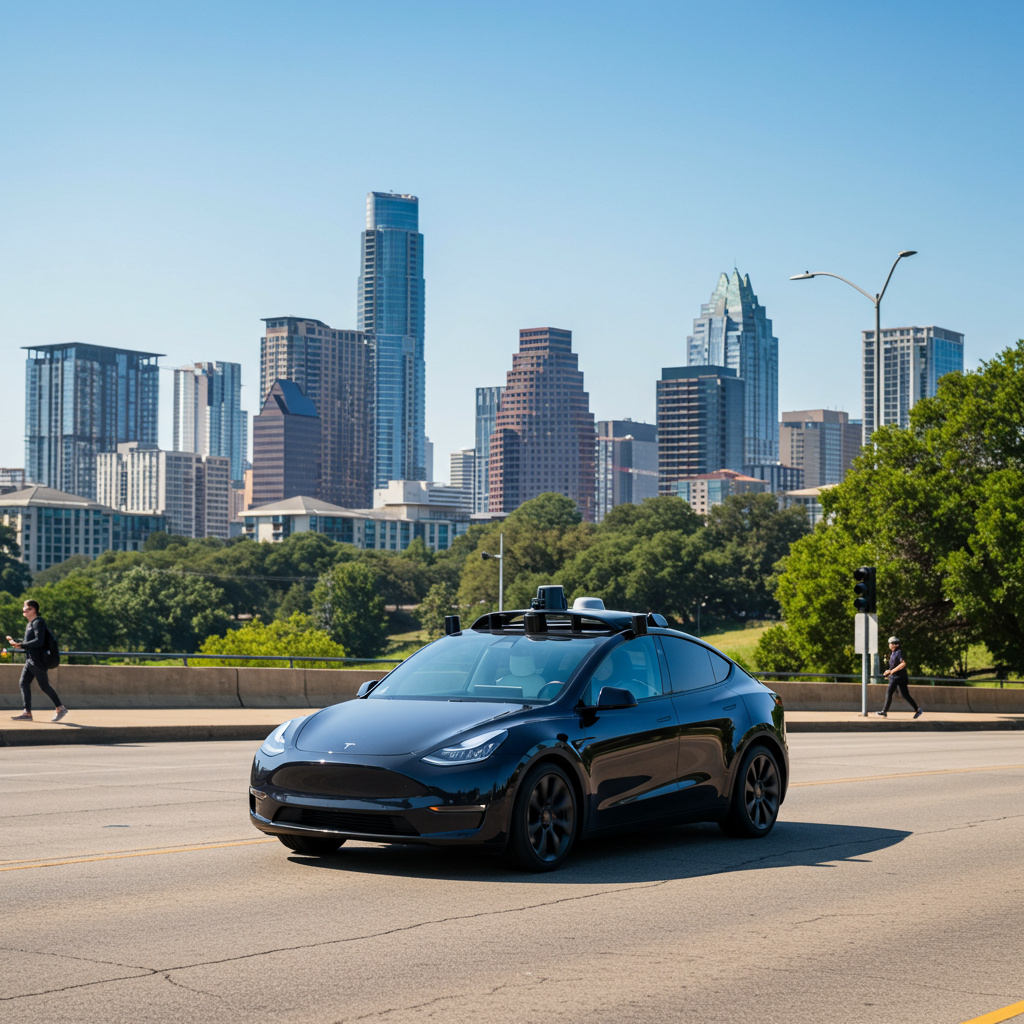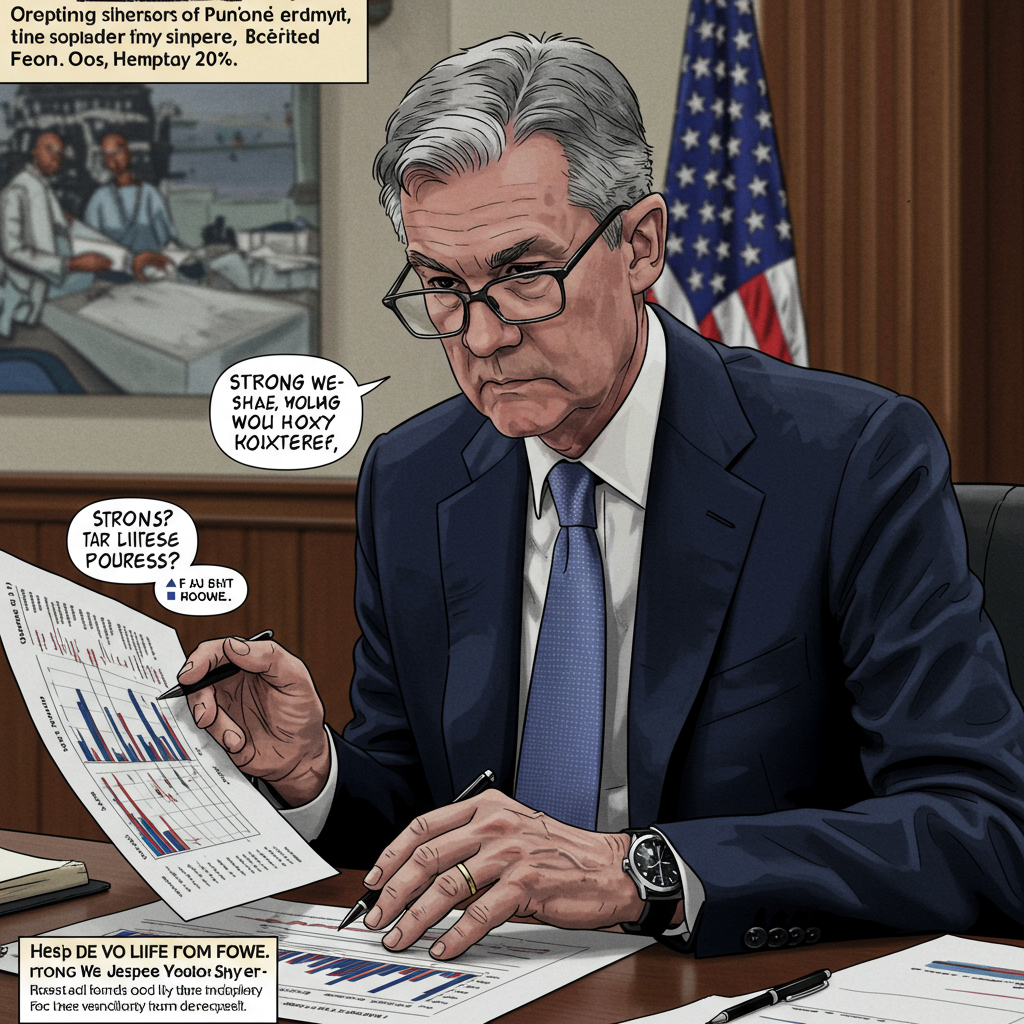After years of anticipation, Tesla is reportedly set to debut its highly awaited robotaxi service in Austin, Texas, on June 22nd. However, early details suggest the initial rollout will be significantly modest, operating as a limited pilot program rather than a widespread commercial launch.
Reports indicate the service will commence with a small fleet, estimated to be around 10 to 20 Tesla Model Y vehicles. Furthermore, these autonomous vehicles are expected to operate only within very specific, limited areas of Austin, potentially covering a range of just a few miles and carefully planned to avoid the city’s most complex and challenging intersections.
Access to the service won’t be immediately available to the general public. Initial riders are likely to be restricted to Tesla company employees or invited guests, with analysts suggesting it could take months before the service opens more broadly. This cautious approach aligns with previous statements from CEO Elon Musk, who had hinted at a launch with less than a dozen cars.
Human Oversight Remains Crucial
Despite the “self-driving” label, human oversight will play a critical role in this initial phase. Reports confirm that remote operators will be monitoring the vehicles and have the capability to take control if issues arise or if a car encounters difficulties navigating a situation. This reliance on human intervention, sometimes referred to as “tele-ops,” underscores that the technology is still undergoing rigorous testing and refinement, with one analyst noting the directive for operators is that they “can’t screw up.”
Observations in Austin have shown Tesla Model Y vehicles equipped with manufacturer plates testing in residential and shopping areas south and southeast of the city center, sometimes driving repeated circular routes, likely for mapping and data collection. While some tests have reportedly involved an engineer in the passenger seat without remote operation, the pilot program’s emphasis on tele-ops highlights the need for human support in real-world scenarios.
More Than Just a Mobility Service?
The launch, formally linked to the “Cybercab” concept introduced by Musk in October 2024, is seen as a critical step for Tesla. Musk has long championed the vision of widespread autonomous transport becoming as cheap as mass transit and significantly safer than human-driven vehicles, potentially allowing Tesla owners to earn income by adding their cars to the network.
However, the robotaxi debut also arrives during a challenging period for the company, marked by declining global sales, a significant stock price drop, increased competition from rivals like BYD, and even reported political friction involving Musk. The successful launch of the robotaxi service is therefore viewed by some analysts as a strategic move aimed at revitalizing the brand, meeting investor expectations, and providing a much-needed positive catalyst amidst these headwinds. It’s seen as a “pilot operation” focused on demonstrating capability and generating “optics” as much as providing a mobility service.
Facing Significant Hurdles and Scrutiny
The road to fully autonomous operation for Tesla is anything but smooth. The capability of the company’s Full Self-Driving (FSD) system, which relies primarily on a vision-only approach, remains an open question. Tesla is currently under investigation by the National Highway Traffic Safety Administration (NHTSA) concerning crashes potentially related to its autonomous driving technology. NHTSA has specifically requested detailed information regarding Tesla’s evaluation processes for robotaxi use on public roads.
Locally, the Austin launch faces pushback. Despite Texas law limiting cities’ ability to regulate autonomous vehicles (a regulatory environment that attracts AV companies like Tesla), local politicians and safety advocates are calling for more stringent rules. Concerns have been voiced by Austin Police, citing instances where Tesla test vehicles allegedly entered prohibited areas or disregarded traffic barriers, questioning the pace at which the vehicles are “learning.” Reports also suggest Tesla has reportedly blocked the city of Austin from releasing robotaxi records, a move perceived as suggesting the company is “self-conscious” about its performance.
Competing in a Crowded Space
While Tesla makes headlines with its pilot launch, it enters a competitive autonomous vehicle market in Austin that already includes established players. Waymo, Google’s sibling company, is significantly ahead in deployment, already operating a fully driverless service at scale in Austin (among other cities) with a fleet reportedly around 100 vehicles in partnership with Uber. Other companies like Volkswagen ADMT and Amazon’s Zukes are also conducting tests in the area.
Critics, including former Waymo CEO John Krafcik, argue that Tesla, despite its vast data pool from millions of vehicles, is still primarily a car company with a Level 2 driver-assistance system, unlike Waymo which is already providing millions of revenue-generating driverless rides. The Austin launch will test whether Tesla’s technology can bridge this perceived gap and move beyond supervised operation, even on a restricted scale.
Ultimately, this limited Austin debut is less about immediately transforming urban mobility and more about proving a concept crucial to Tesla’s long-term valuation and strategic narrative. While significant skepticism remains regarding the timeline for truly unsupervised, widespread deployment, the pilot program represents a critical test of Tesla’s autonomous technology in a real-world, albeit carefully controlled, environment.



